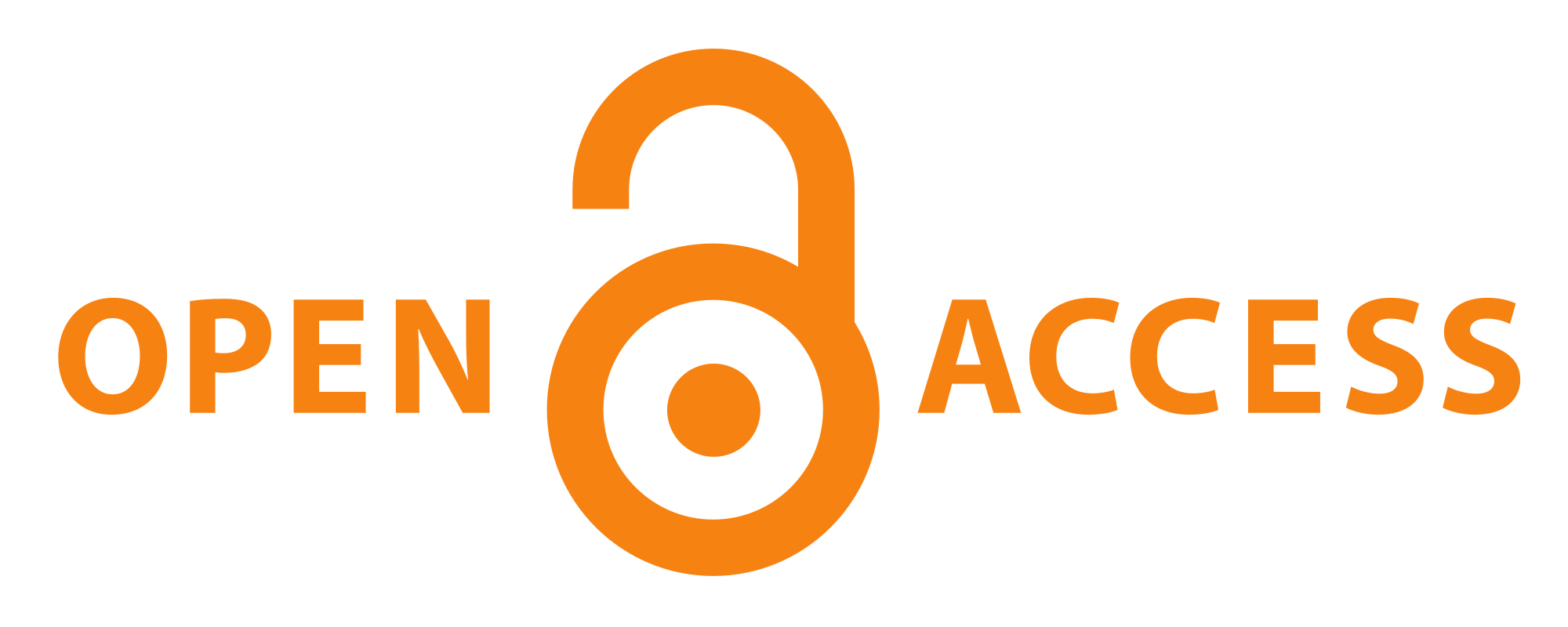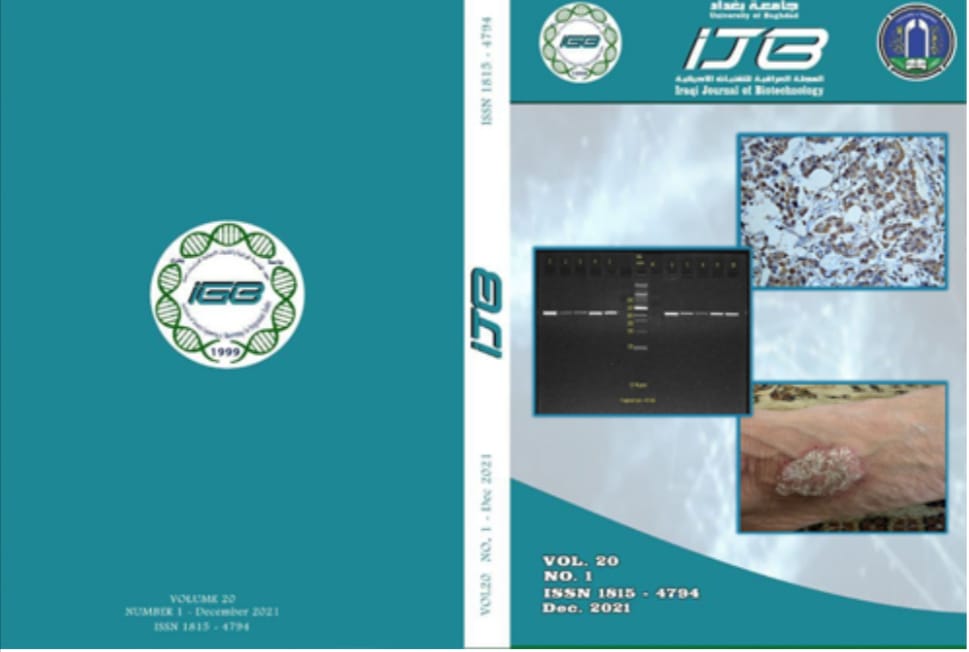The Impact of HIV TAT and gp120 in Neuroinflammatory Response During HIV Active Infection
Abstract
Despite the fact that acquired immune deficiency syndrome (AIDS) has been treated effectively by highly active anti-retroviral therapy (HAART), the incidence of HIV associated neurocognitive disorders is still high due to the inability of most HAART to pass through the blood-brain barrier (BBB) and target the virus. Neurocognitive disorder results from an inflammatory cascade in the brain. It is thought that the HIV-1 transactivating protein (TAT) alone or in combination with the major virus envelope glycoprotein gp120 trigger glial cells to secret chemokines that elicit the influx of more immunocytes and results in inflammatory amplification. To test this hypothesis, co-cultures of microglia and astrocytes were incubated with TAT, with gp120, and with TAT plus gp120. Chemokine expression then was estimated using an immunodot blot array. Macrophage chemotactic protein (MCP1) and TIMP metallopeptidase 1 (TIMP1), a tissue inhibitor of metalloproteinases, were present in the three coculture test groups. In addition to MCP1 and TIMP1, interleukin-8 (IL-8) was detected following coculture with TAT plus gp120. These results implicate the role of HIV- TAT and gp120 in activating brain glial cells to evoke an inflammatory response.


